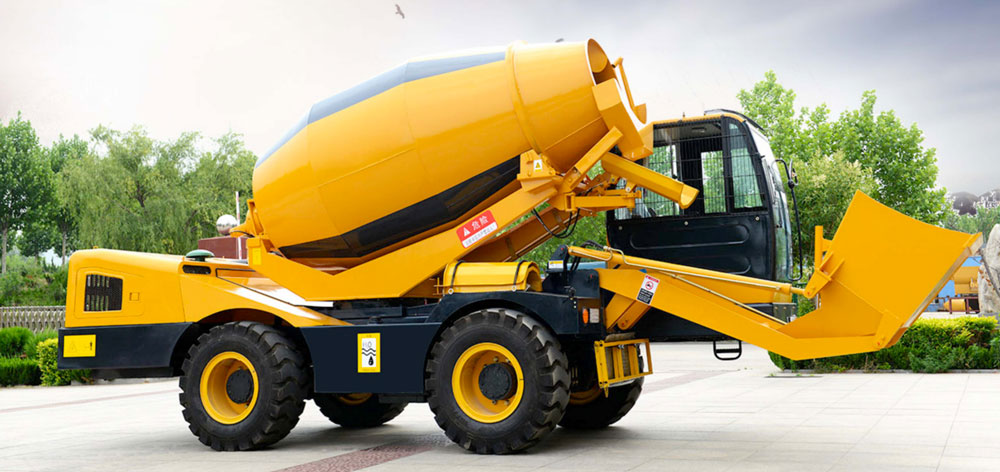There are a lot of manufacturers in the world market with a diverse range of mobile concrete mixers for sale. So, how do you choose the right mobile concrete mixer for your business? Below we will share with you some of the points that play an important role in the selection of the right concrete mixer.
A mobile concrete mixer comprises a motor, a rotating tank, a dump wheel, or a tipping handle that allows the tank to tilt. The main factor that controls the selection of the right concrete mixer is the volume of concrete that you need to mix in a single batch.
Do Not Mix Up the Mixing Volume and The Total Tank Volume
Always remember the fact that you can fill the tank of a concrete mixer with only 80 per cent of the concrete mix. So, if the manufacturer from whom you have sourced your mixer says that the mixing volume is 80 per cent; then it means 80 per cent of the volume of the tank. Do not get confused between the mixing volume and the volume of the whole tank.
ProAll is a Canada, USA-based manufacturer of mixer trucks with a long list of mobile concrete mixers for sale. You can have a detailed look at all our offerings by visiting our website: proallinc.com.
Technical Considerations in Concrete Mixer Selection
These are some of the basic things that you need to keep in mind while choosing your mobile concrete mixer:
- Drum Volume
- Concrete Mixer Power
- Drum Rotation Frequency
- The Blades
Concrete Mixer Drum Volume
When selecting the right concrete mixer for your business out of that long list of mobile concrete mixers for sale. You need to keep the frequency of use in mind. This way, it will become easy for you to decide upon the drum volume of the concrete mixer. These include:
- Use of a Concrete Mixer Occasionally
- Use of Concrete Mixers Frequently
- Intensive or Regular Concrete Mixer Use
Occasional Use of Concrete Mixers: This is the case at small worksites. For a single worksite, an electric concrete mixer with a 60-litre capacity is enough.
Frequent Use of Concrete Mixers: This is the situation at medium-sized worksites. At these worksites, a concrete mixer with a maximum 120-litre capacity is generally in demand. And more than enough to do the job without any hassles. If the construction managers feel the need. Then the volume of the mixer can be increased to 160 or 190 litres.
Intensive or Regular Concrete Mixer Use: This condition is common in large and big investment real estate projects that need concrete continuously without any breaks. At these workplaces, construction managers should opt for a concrete mixer with a larger tank with a capacity of 250 litres or more, depending on the need.
Concrete Mixer Engine Power
The ratio of the engine power to the drum volume describes the performance of the concrete mixer. In other words, a weak engine cannot rotate the drum at the required speed to mix a larger mass of concrete. Which will damage the mixer in the end. So, you should choose an engine whose power generation capacity is based on the concrete quantity to be mixed.
Concrete Mixer Drum Rotation Rate
The diameter of the mixer drum is inversely proportional to the drum’s rotation speed. To get the right mix, it is not only necessary to have the correct proportion of concrete. But also, the right speed of mixing.
Concrete Mixer Blades
Blades in a concrete mixer drum can be either rotating or stationary. If you have more blades in your mixer drum; then you will get a more even mixing of the ingredients in the mixer. And the mix will be created at a much faster rate.

